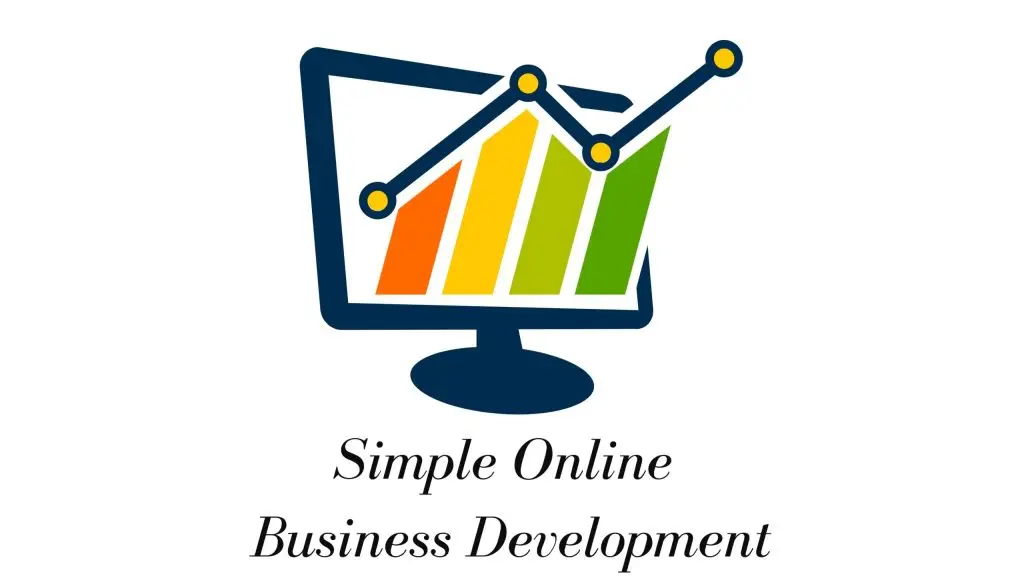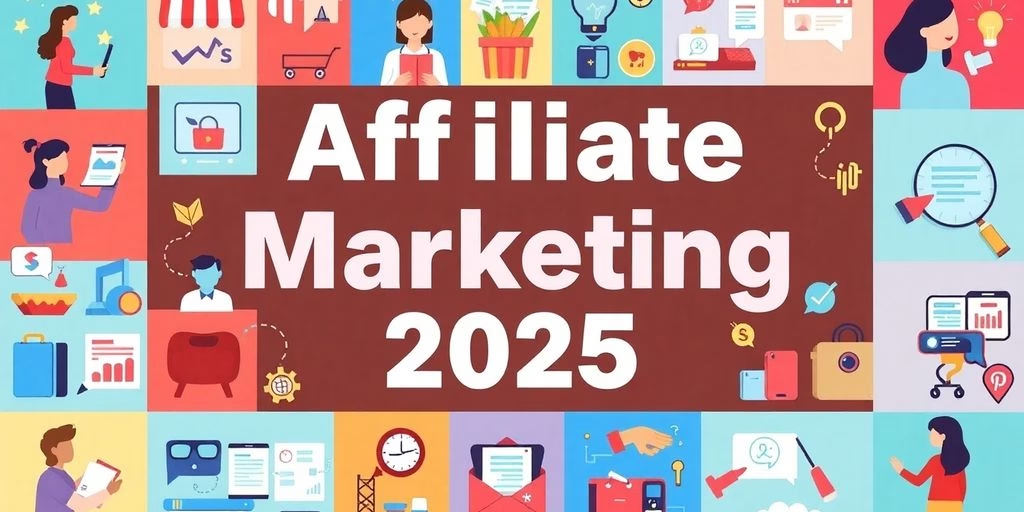So, you’re thinking about making videos for your Etsy shop but don’t know where to start? You’re in the right place. Videos can really make your products shine and help your shop stand out. They can boost your sales and build trust with your customers. This guide will walk you through everything you need to know about creating videos for Etsy, from planning to promoting. Let’s get started!
Key Takeaways
- Videos can make your Etsy shop more appealing and help increase sales.
- Understanding your target audience is crucial for creating effective video content.
- High-quality videos require good planning, filming, and editing skills.
- Promoting your videos on social media can expand your reach.
- Regularly analyzing video performance helps improve your strategy.
Understanding the Importance of Videos on Etsy
Why Videos Matter for Your Etsy Shop
Videos are like the magic wand for your Etsy shop. They give life to your products, allowing customers to see them in action. Think of videos as a way to bridge the gap between your online store and your customers’ living rooms. They can show the texture of a handmade scarf, the sparkle of a piece of jewelry, or the functionality of a kitchen gadget. In a world where online shopping is the norm, videos provide that extra layer of reality, making your products more relatable and desirable.
How Videos Can Boost Your Sales
Adding videos to your listings can be a game-changer for sales. Videos help potential buyers better understand what they’re purchasing. They can see how a product looks from different angles, how it moves, or how it can be used. This clarity can reduce hesitation and increase conversion rates. Plus, videos can make your listings stand out in search results, drawing more eyes to your shop. It’s like giving your products a voice and letting them speak directly to your customers.
The Role of Videos in Building Customer Trust
Trust is everything in online shopping, and videos play a big role in building it. When customers see your products in action, they feel more confident about their purchases. They can assess the quality and authenticity of an item, which is often a concern when shopping online. Videos also show that you’re willing to go the extra mile to provide transparency and a better shopping experience. This trust can lead to repeat business and positive reviews, which are vital for any Etsy shop’s success.
Videos are more than just a selling tool; they’re a way to connect with your audience on a deeper level, showing them that your products are worth their time and money.
Incorporating videos into your Etsy strategy isn’t just about keeping up with trends—it’s about enhancing the shopping experience and building a loyal customer base. If you’re ready to take your Etsy shop to the next level, consider exploring essential strategies for small businesses to thrive in the digital landscape.
Planning Your Etsy Video Content
Identifying Your Target Audience
Before you hit record, think about who you’re talking to. Are your buyers mostly young adults looking for trendy home decor, or maybe parents searching for unique kids’ toys? Understanding who your audience is will shape your entire video strategy. It helps in deciding the tone, style, and even the platform where you might share your video later.
Choosing the Right Products to Feature
Not every item in your shop needs its own video. Focus on products that are your bestsellers or those that have unique features which can be highlighted visually. Consider what makes a product special and worth showing off in a video. Maybe it’s the intricate details of a handmade necklace or the versatility of a cozy blanket.
Setting Clear Goals for Your Videos
What do you want your video to achieve? More views, increased sales, or perhaps just better engagement on your listings? Setting a clear goal will guide the content and style of your video. Here’s a quick checklist:
- Decide on the primary purpose of the video.
- Determine the key message you want to convey.
- Plan how you’ll measure success, like tracking views or sales conversions.
Planning is half the battle. With a clear plan, your videos can not only showcase your products but also connect with your audience in a meaningful way.
Creating Engaging Video Content
Tips for Filming High-Quality Videos
Creating videos that really pop is all about nailing the basics. Good lighting is your best friend. Natural light is great, but if you’re filming indoors, make sure you’re using enough artificial lighting to keep things bright and clear. Avoid harsh shadows by using soft light sources.
Here’s a quick checklist to get you started:
- Camera: You don’t need a fancy camera to start. Your smartphone can do wonders if you use it right.
- Stability: Use a tripod or a stable surface to avoid shaky videos.
- Background: Keep it simple. A clutter-free background helps your product stand out.
Using Storytelling to Connect with Viewers
People love stories. They connect with them on an emotional level. When you’re showcasing your product, think about the story behind it. How did it come to be? What’s its purpose? Who’s it for?
Consider these storytelling elements:
- Introduction: Set the scene. Introduce your product and its context.
- Conflict/Problem: Highlight a problem that your product solves.
- Resolution: Show your product in action, solving the problem.
Incorporating Branding Elements
Your videos should scream your brand. Think about colors, logos, and music that reflect your brand’s vibe. Consistency is key. Use the same elements across all your videos to create a cohesive brand image.
"Branding is about creating a feeling. Make sure your videos evoke the right emotions and align with your brand’s identity."
Don’t forget to include a call-to-action at the end of your videos. Whether it’s visiting your Etsy shop or checking out more products, guide your viewers on what to do next. This is where using TikTok can significantly enhance your sales strategy on Etsy, especially with the rise of short-form video content.
Editing and Optimizing Your Etsy Videos
Basic Video Editing Techniques
Editing your video is where the magic happens. You don’t need to be a pro editor to make your videos look polished. Start with basic cuts to remove unnecessary footage. Trim the beginning and end where nothing’s happening. Then, focus on maintaining a steady flow that keeps viewers engaged. If you want to add some flair, try simple transitions like fades or wipes. Just don’t overdo it; too many effects can be distracting.
Adding Captions and Text Overlays
Captions are your best friend, especially since Etsy videos play without sound. They help convey your message clearly and make your video accessible to a wider audience. Consider using text overlays to highlight key features or benefits of your product. Keep the text short and sweet so it doesn’t overshadow the visuals.
Optimizing Video Length for Engagement
When it comes to video length, less is often more. Aim for a sweet spot of 30 to 60 seconds. This keeps your content digestible and ensures viewers stick around till the end. Remember, your goal is to hold their attention just long enough to spark interest in your product.
Editing videos might seem daunting at first, but with a little practice, you’ll find your rhythm and style. Keep experimenting until you find what works best for your brand.
For more tips on optimizing your Etsy shop, consider exploring Etsy SEO techniques to enhance your visibility and ranking.
Uploading and Promoting Your Videos on Etsy

How to Upload Videos to Your Etsy Listings
Getting your video content onto Etsy is a straightforward process. First, head over to the listing you want to enhance with a video. Click on the video upload option and select the file from your device. Remember, Etsy videos are silent, so make sure your visuals are clear and tell the story without sound. Aim for a length of 5 to 15 seconds to keep it engaging yet concise. Once uploaded, preview the video to ensure it looks good and fits the listing’s vibe.
Promoting Your Videos on Social Media
Once your video is live on Etsy, it’s time to share it with the world. Social media platforms are your best friends here. Craft a short, catchy caption to go with your video and post it on platforms like Instagram, Facebook, and Pinterest. Highlight the unique features of your product and include a call to action. Encourage your followers to check out your Etsy shop. Social media can significantly amplify your reach and drive traffic to your store.
- Post consistently to keep your audience engaged.
- Use relevant hashtags to increase visibility.
- Interact with comments to build a community around your brand.
Engaging with Your Audience Through Video
Videos are a fantastic way to connect with your audience on a personal level. Use them to show behind-the-scenes footage, product demonstrations, or even quick tutorials. Encourage viewers to leave comments and questions, and be sure to respond promptly. This interaction not only builds trust but also keeps your audience engaged and coming back for more.
Videos are more than just a marketing tool; they are a bridge between you and your customers, making your brand feel more relatable and authentic.
Analyzing Video Performance and Making Improvements
Tracking Video Metrics on Etsy
Getting a handle on how your videos are doing is super important. Metrics like views, likes, and shares can give you a peek into what’s working and what’s not. Etsy doesn’t have the most detailed analytics, but you can still keep an eye on the basics. Look at how many people are watching your videos and see if there’s a pattern. Are they dropping off at a certain point? That might mean your intro needs a bit more zing or your ending isn’t holding their attention.
Gathering Feedback from Customers
Don’t underestimate the power of asking your customers what they think. A quick survey or a simple question in your product reviews can go a long way. People love to share their opinions, and often they’ll spot things you might have missed. Maybe they want to see more of the product in action or maybe they’re curious about the making process. This feedback can be gold when you’re planning your next video.
Iterating on Your Video Strategy
Once you’ve got the data and feedback, it’s time to tweak your strategy. This doesn’t mean you need to overhaul everything. Sometimes, small changes can make a big difference. Maybe try a new angle or add some captions if viewers are losing interest. Keep testing out new ideas and see how they perform. It’s all about finding what clicks with your audience and sticking with it.
"Improvement is a continuous process, and every piece of feedback is a stepping stone to better content."
Remember, it’s not just about making a video and leaving it there. Keep it fresh and engaging, and your audience will keep coming back for more.
Exploring Advanced Video Techniques
Using Animation and Special Effects
Let’s spice up your Etsy videos with some animation and special effects! Adding these elements can make your products pop and grab attention. You don’t need to be a Hollywood producer to do this—simple software like Adobe Spark or Canva can help you add a bit of flair. Animations can highlight product features, making them more appealing to potential buyers. Special effects, like transitions or overlays, can make your video more dynamic. Just remember, the key is to enhance, not overwhelm.
Creating Interactive Video Experiences
Interactive videos are like the "choose your own adventure" books of the digital world. They let your audience engage directly with your content. Imagine a video where viewers can click to see different product colors or styles. This kind of interaction can keep potential buyers on your page longer, boosting the chances of a sale. Tools like Interlude or Wirewax can help you craft these experiences without needing a tech degree.
Collaborating with Influencers for Video Content
Teaming up with influencers can be a game-changer for your Etsy shop. Influencers already have a built-in audience that trusts their recommendations. By collaborating with them, you can introduce your products to a wider audience. Consider sending them a sample of your product to showcase in their videos. This not only adds credibility but also taps into their followers’ trust. It’s like having a friend vouch for your brand!
Embrace these advanced techniques to not just create videos, but to craft experiences that resonate with your audience. The world of video marketing is vast, and with the right tools and creativity, your Etsy shop can stand out in a crowded marketplace.
For more insights into video content creation and marketing strategies, check out effective social media marketing strategies for businesses.
Wrapping It Up
Alright, folks, there you have it! Making videos for your Etsy shop isn’t rocket science, but it does take a bit of practice and creativity. Remember, it’s all about showing off your products in the best light and giving potential buyers a little peek into what makes your stuff special. Don’t stress too much about getting it perfect on the first try. With each video, you’ll get better and more comfortable. So grab your camera, get creative, and start filming. Who knows, your next video might just be the one that turns viewers into loyal customers. Happy selling on Etsy!
Frequently Asked Questions
Why should I use videos for my Etsy shop?
Videos help show off your products better, making them more appealing to customers. They can also help you stand out from other sellers.
How can videos increase my sales on Etsy?
Videos can make your products look more attractive and trustworthy, which might encourage more people to buy from you.
What types of videos work well for Etsy listings?
Short videos that show your product in use or highlight its features work best. Make sure they are clear and well-lit.
How do I upload a video to my Etsy listing?
When you create or edit a listing, there’s an option to add a video. Just click it and upload your video file.
Can I use my phone to make videos for Etsy?
Yes, you can use your phone. Just make sure to have good lighting and hold your phone steady while recording.
How can I tell if my videos are helping my Etsy shop?
Check your shop stats to see if views and sales have increased since adding videos. You can also ask customers for feedback.















































